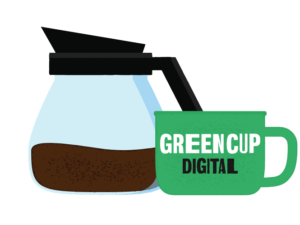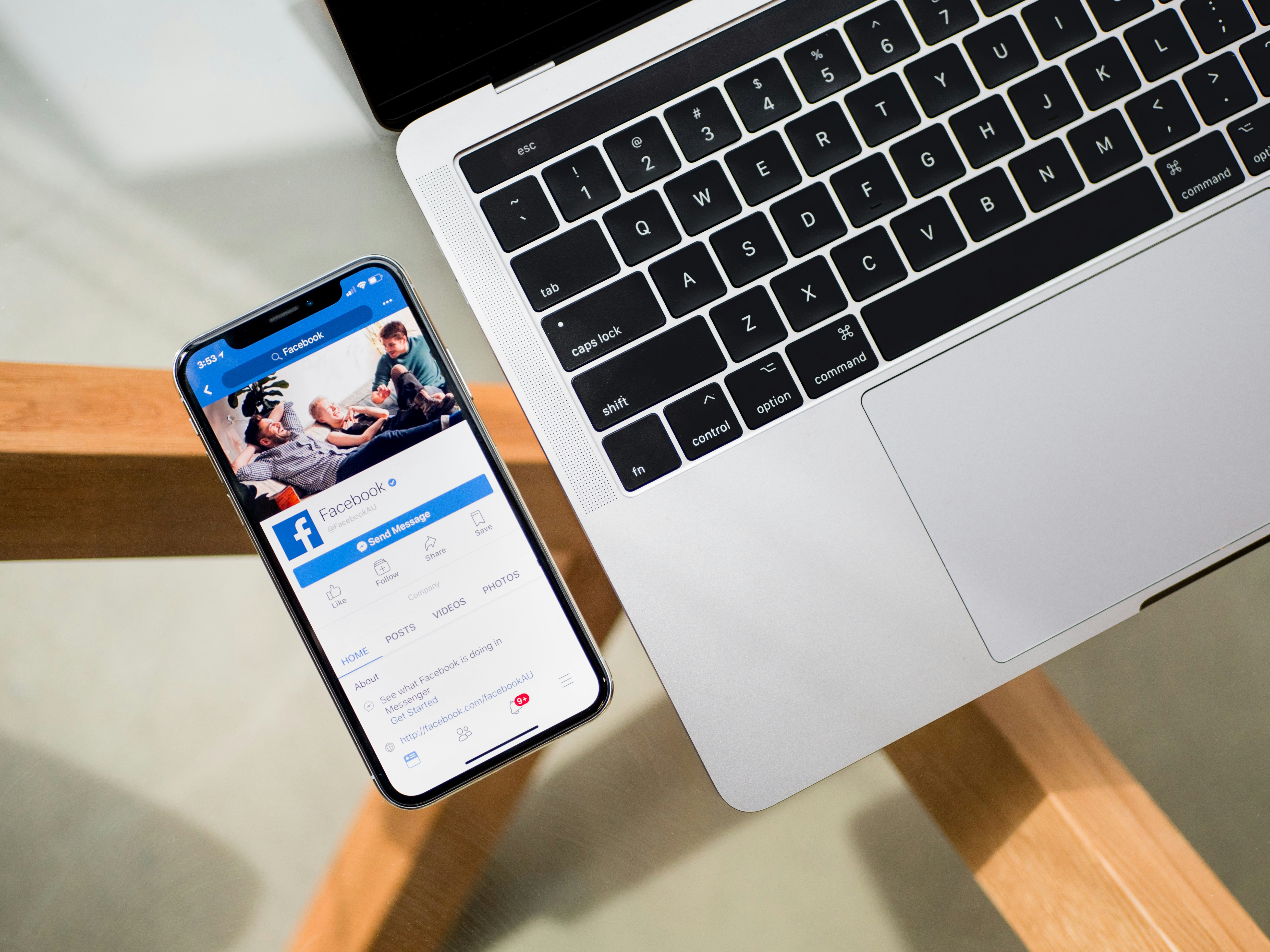Let’s be honest: the phrase “content marketing” sounds like a term some suit came up with in a conference room filled with stale donuts and lukewarm coffee.
But take away the corporate buzz words, and you’ll find a potent (and surprisingly practical) tool. Content marketing, at its essence, is about crafting valuable and relevant information for your potential customers. Think blogs, videos, podcasts, or even memes with substance— content your audience genuinely absorbs, and therefore, craves.
And while it should be common sense by now, too many businesses still treat content like digital wallpaper: pretty but pointless. Here’s the truth—whether you’re a bootstrapping small business or a legacy brand with plenty of budget, content marketing matters. Ignoring content marketing that converts is like ignoring AI. If you don’t jump on board, you’ll be left behind.
What is Content Marketing? Why does your small business need it?
Content marketing isn’t just throwing up a blog post once a quarter and hoping someone stumbles across it. It’s a strategic move—an intentional effort to create and share the information that your audience actually wants to consume. Why should small businesses care? Because content marketing builds trust, loyalty, and long-term relationships—in addition to transactions. It keeps your business at the top of your mind and keeps customers coming back. Translation: It’s way more than a vanity metric—it drives sales. Let’s talk numbers, as reported by Mailchimp:
- Businesses with blogs generate 67% more leads than those without.
- 67% of B2B marketers say B2B content marketing boosts engagement and lead quality.
- And get this—88% of people say branded videos convinced them to buy.
Compared to traditional advertising (which often feels like shouting into the Grand Canyon), content marketing is like having a thoughtful, ongoing conversation with your ideal customers. It’s more cost-effective, customer-friendly, and honestly, a lot less annoying.
What “Converting Content” Actually Means
“Converting content” may sound complex, but it simply refers to content that motivates your audience to take action. This action doesn’t always involve making a purchase. It could be as straightforward and strategic as clicking a button, filling out a form, booking a consultation, downloading a PDF, or subscribing to your newsletter.
Each of these small actions creates a ripple effect. It’s engagement with intent, giving you insight into what your audience cares about. What’s better is that it moves them one step closer to becoming a paying customer. With enough meaningful touchpoints, that curious clicker becomes a legit lead—the kind that DOES take out the credit card next time they need your product or service.
Small business owners: This is your secret weapon! You don’t need a massive ad budget to win at marketing. You just need smart, intentional content that’s built to convert. Instead of shouting into the digital black hole, you’re starting conversations, building relationships, and guiding your audience down a path that (eventually) ends in the sale.
Key Elements of Content that Converts
Great content doesn’t happen by accident. It’s intentional, strategic, and a bit methodical. To convert, your content needs to nail three things:
✔️ Speak directly to someone (not “everyone”).
✔️ Solve a real problem they’re facing.
✔️ Offer a clear, helpful solution.
For example, if your audience struggles with time management, a blog post on ’10 Time-Saving Tips for Small Business Owners’ could be a valuable solution.
So ask yourself: are you writing for your audience—or just writing for yourself? To create content that connects, you’ve got to get into your audience’s head. What’s stressing them out? What’s holding them back? What would make their day a little easier—or their business a little better? When you understand those things, you’re not just creating content. You’re creating relevance. Relevance is what gets clicks, conversions, and ultimately, customers.
Let’s break down the must-have elements of content marketing that converts (just the facts):
Key Elements of Content Marketing That Converts
- Know Your Audience
You can’t market to someone if you don’t understand them. Your content should sound like it was written just for them—because it was. That means digging into your audience’s daily headaches, big dreams, and the objections that might keep them from saying “yes.” Customer personas are your secret weapon. Use them to guide your tone, topics, and offers so you’re speaking to your audience, not just at them. - Create Value-Driven Content
If your content isn’t helpful, it’s forgettable! Every blog post, video, email, or social post should educate, entertain, or empower your audience. Anything that answers questions or makes your reader’s life a little easier (or more interesting). - Clear CTAs (Calls-to-Action)
In a perfect world, every single piece of content you create should guide your audience to the next step. Otherwise, what’s the point? A good CTA doesn’t have to scream, “BUY NOW!” It could be “Subscribe for tips,” “Download the checklist,” or “Book a free consult.” Make it obvious, make it easy, and for the love of conversions, make it compelling. - Consistency and Strategy
Posting whenever inspiration strikes? That’s a hobby, not a strategy. Creating a simple content calendar helps you show up regularly without scrambling at the last minute. Consistency matters! - Optimize for Search (SEO Basics)
Don’t forget about Google! Your content should work hard behind the scenes, too. That means using the right keywords (like “content marketing,” obvi), writing relevant meta descriptions, organizing with headers, and linking to other complimentary pages on your site. - Measure Your Success
To know whether your content is working, you must measure what matters. Look at engagement (comments, time on page), conversions (form fills, purchases, bookings), and traffic sources (is your SEO working?). Free tools like Google Analytics and Meta Insights make it easy to see what’s clicking—and what’s falling flat.
High-Converting Content Formats for Small Businesses
After strategy comes format. These are the types of content that turn curious clicks into tangible results:
Blog Posts
SEO and brand authority (how much your audience trusts and relies on you) are all wrapped together. You’ll answer fundamental questions, use keywords wisely, and add a relevant CTA. Every post is a chance to show off what you know and get discovered.
How-To Videos and Reels
Create quick and helpful videos that teach something useful, show behind-the-scenes footage scenes, or answer FAQs. Hint: videos build trust fast.
Lead Magnets
Guides, checklists, quizzes—free value in exchange for an email.
Email Sequences
Don’t let new subscribers collect dust. A short welcome sequence (timed emails after the initial sign-up) keeps the conversation going as you nurture them toward the sale.
Testimonials and Case Studies
Your customers are your biggest advocates! Real stories and results build credibility and often close the deal.
Content That Converts Isn’t Rocket Science—It’s Strategy
Converting content isn’t rocket science—it’s just smart strategy. Know your audience, create value, and always offer a next step. Repeat.
Content marketing remains one of a small business’s most powerful (and budget-friendly) tools. When done right, it doesn’t just attract eyeballs—it drives action, builds loyalty, and boosts your bottom line. Who doesn’t want that?
Ready to create content that actually works for your business? Get in touch today!





